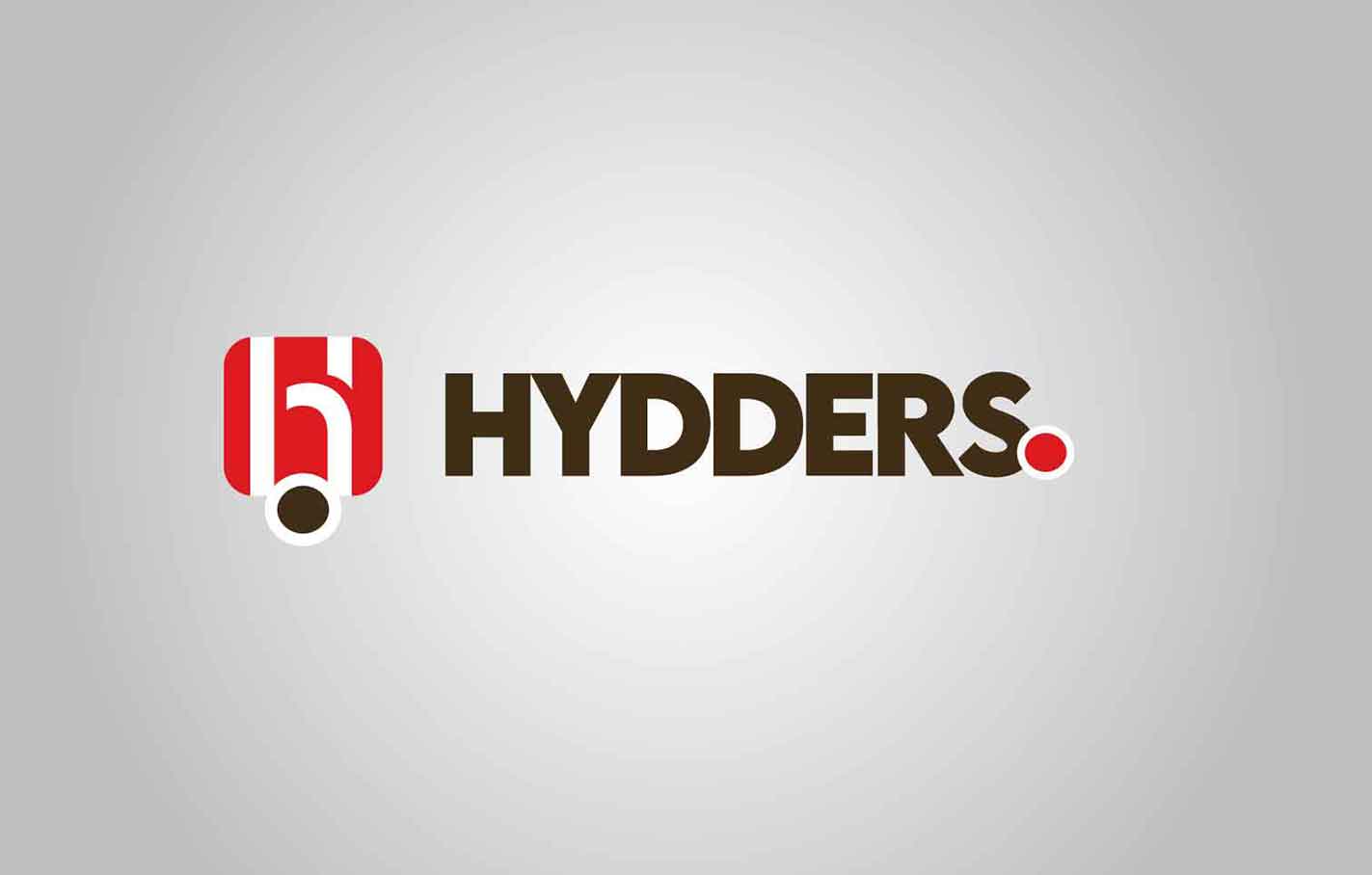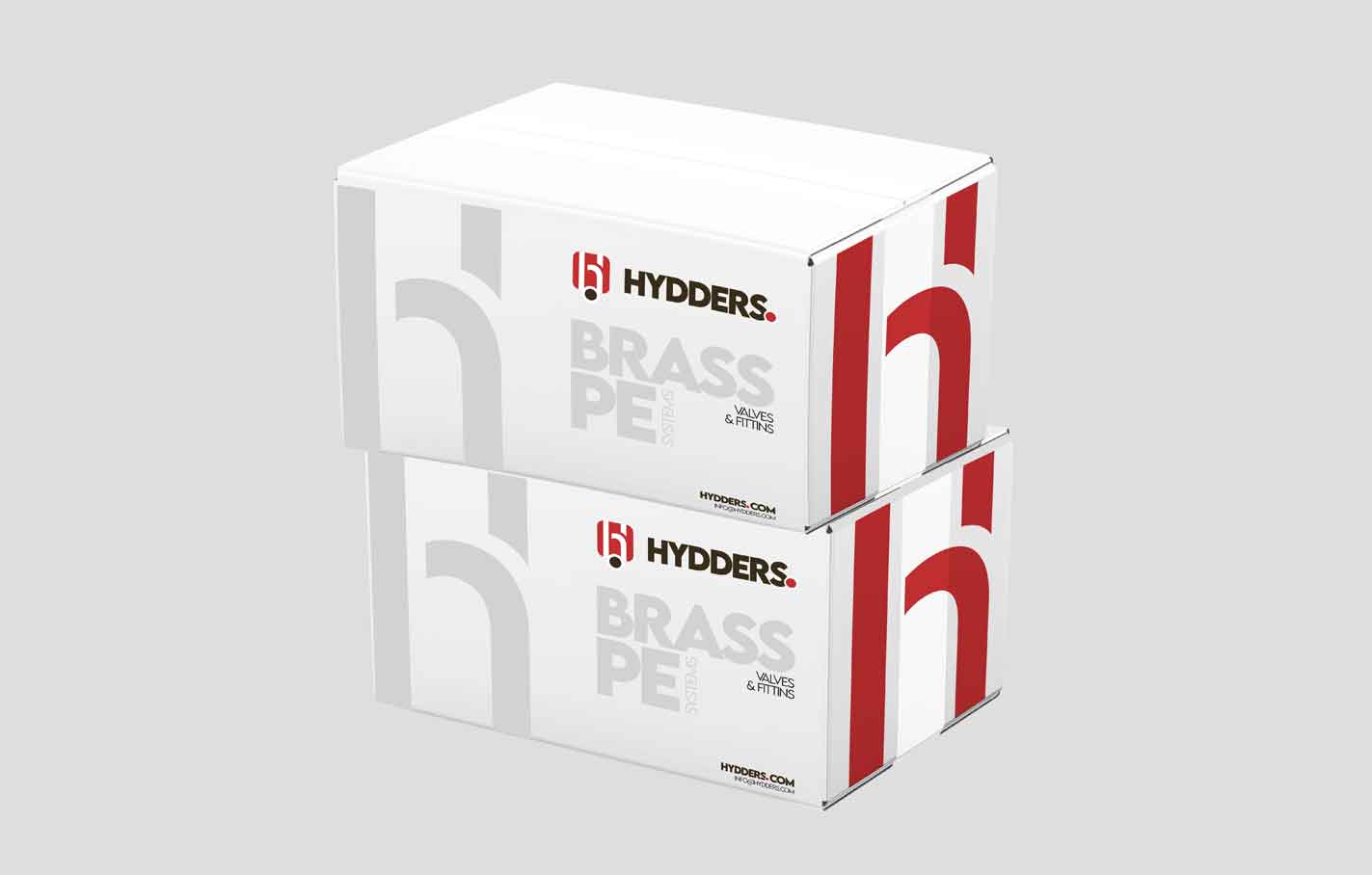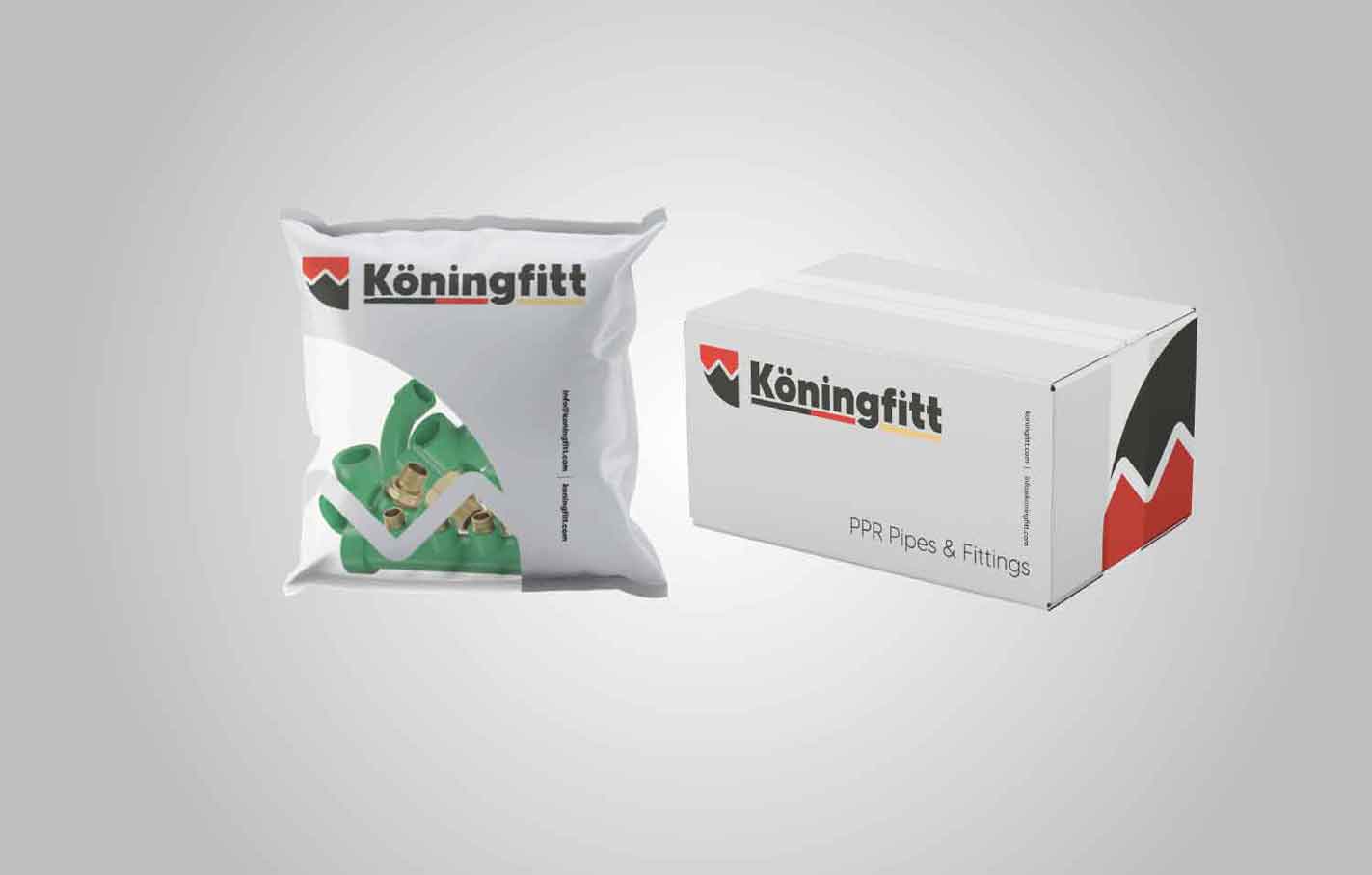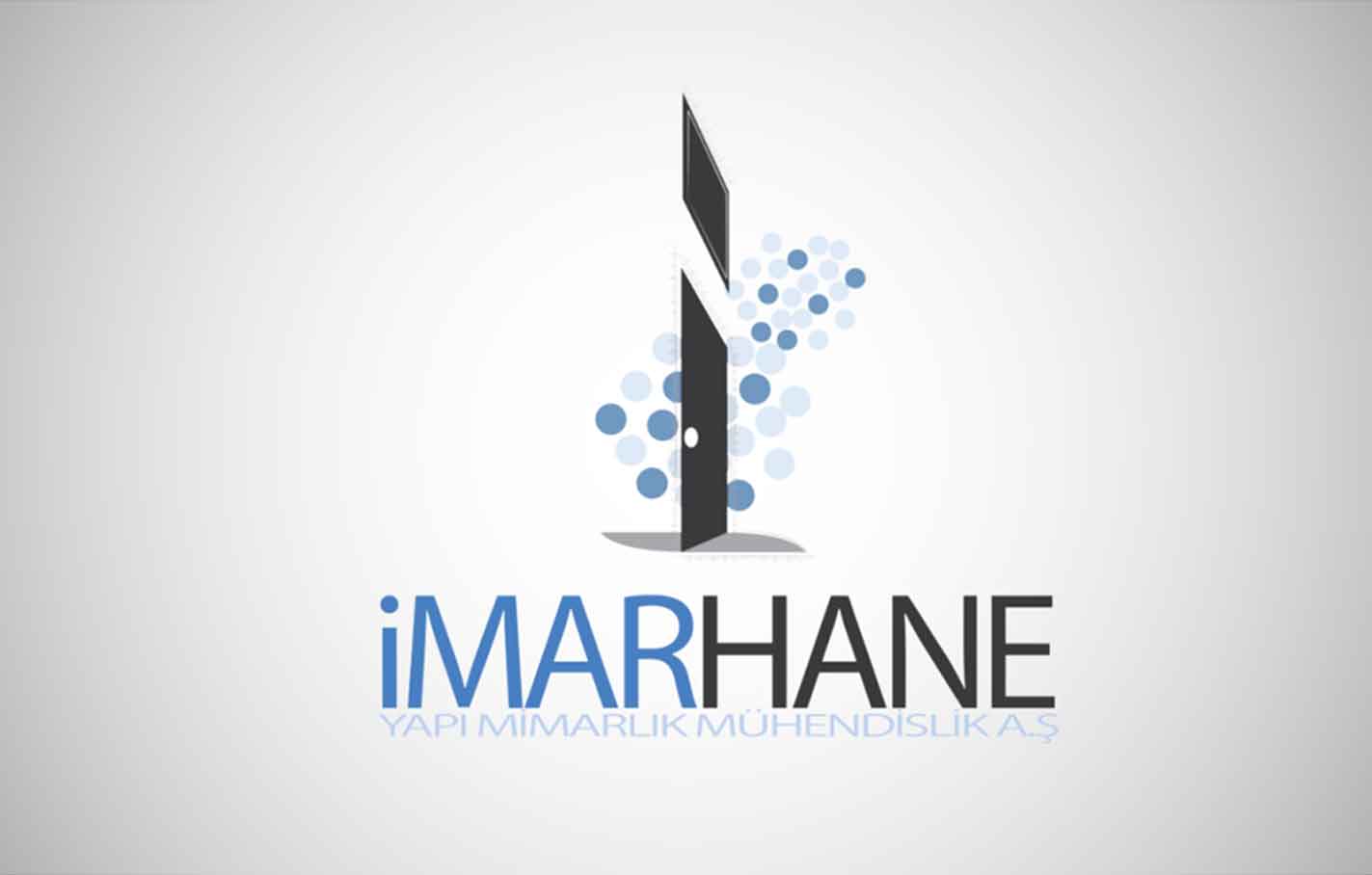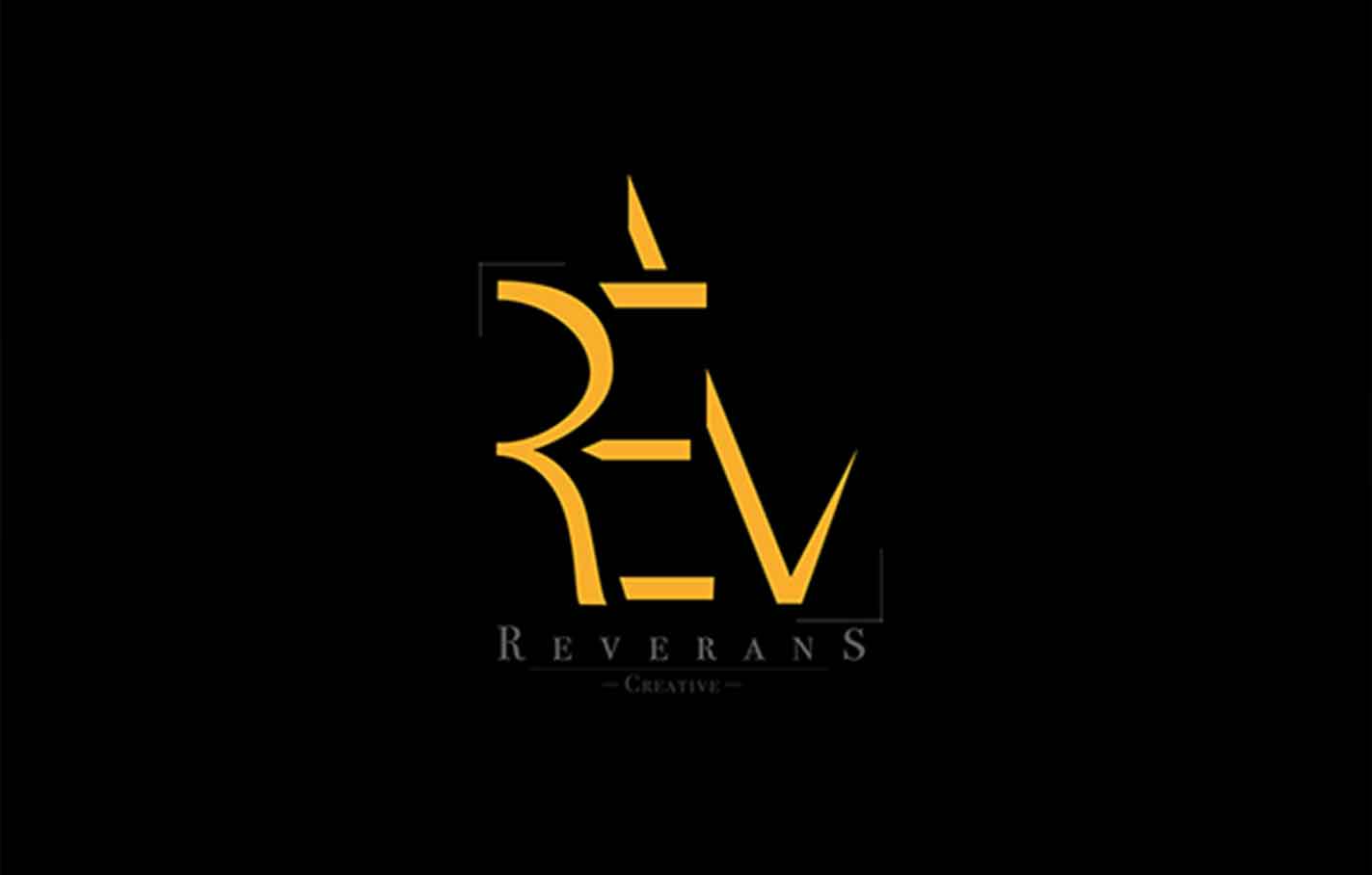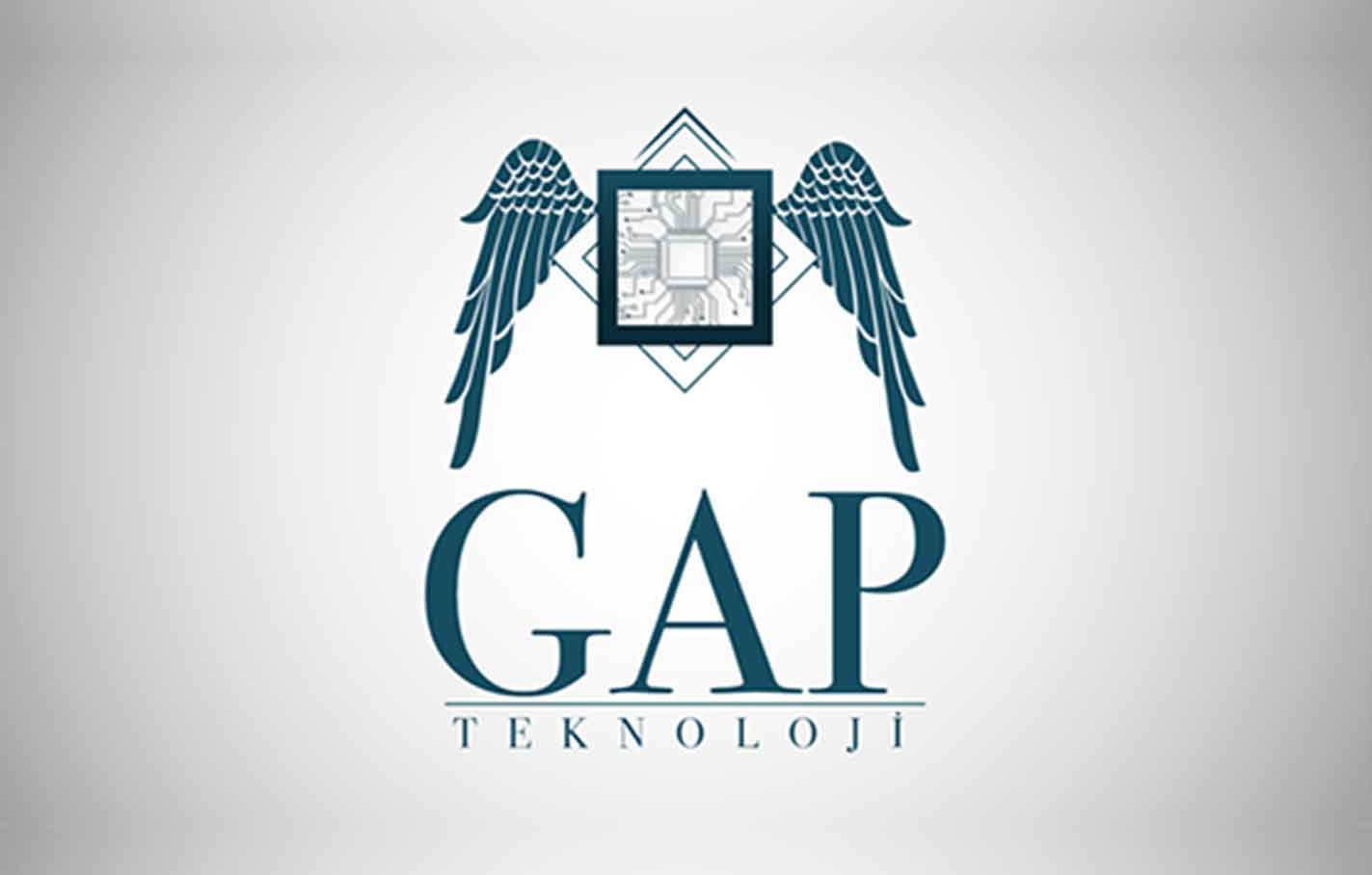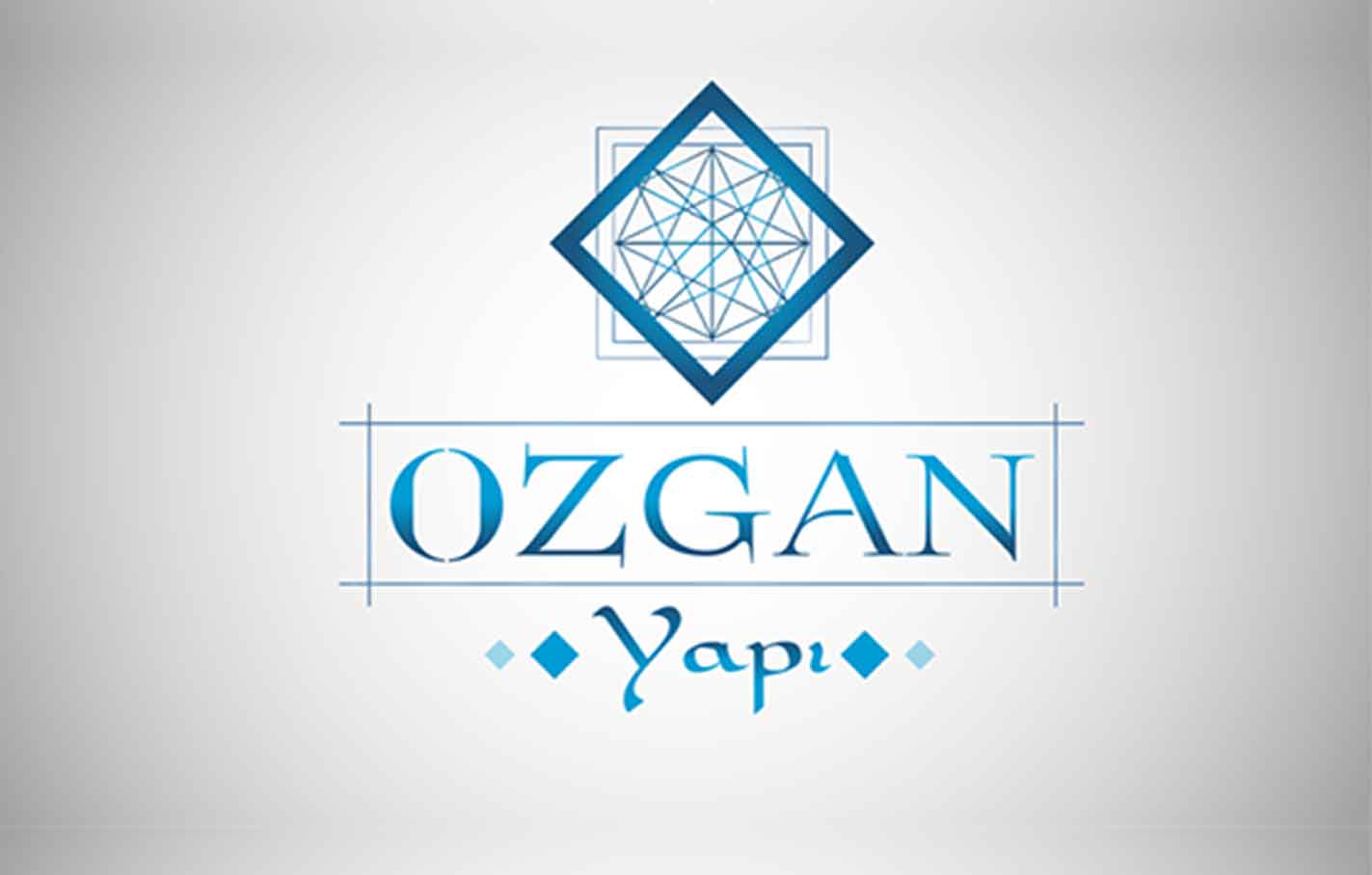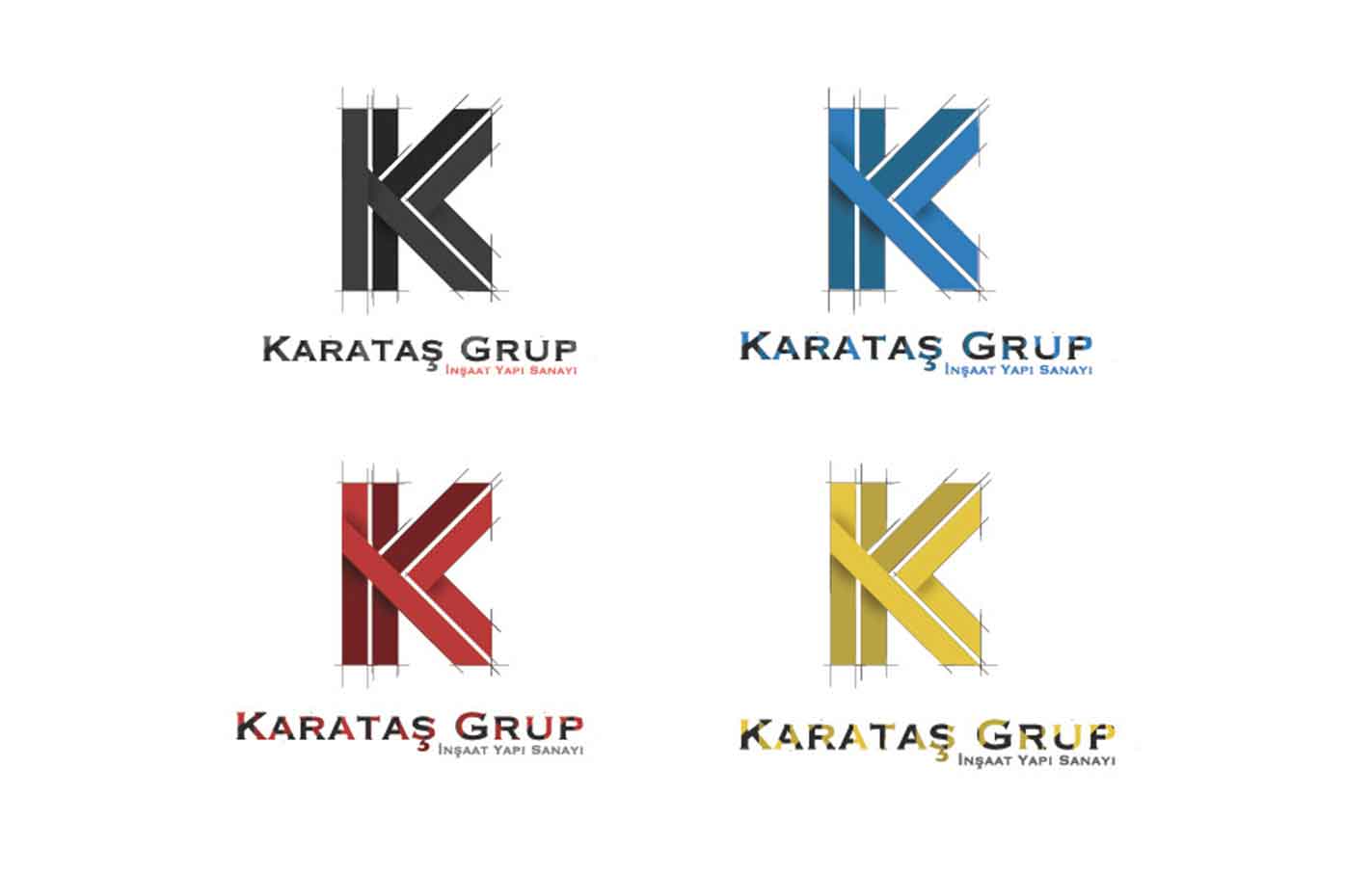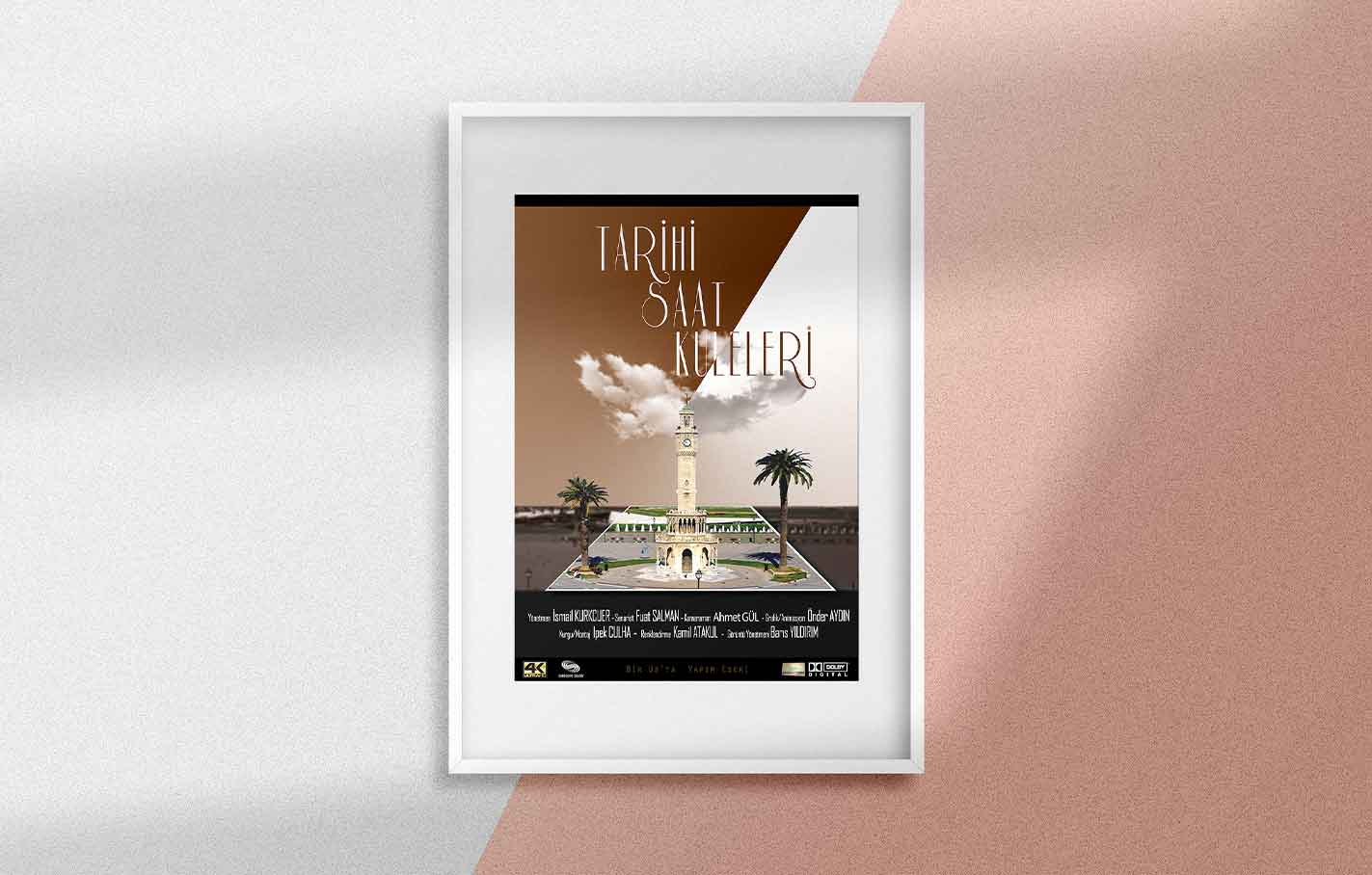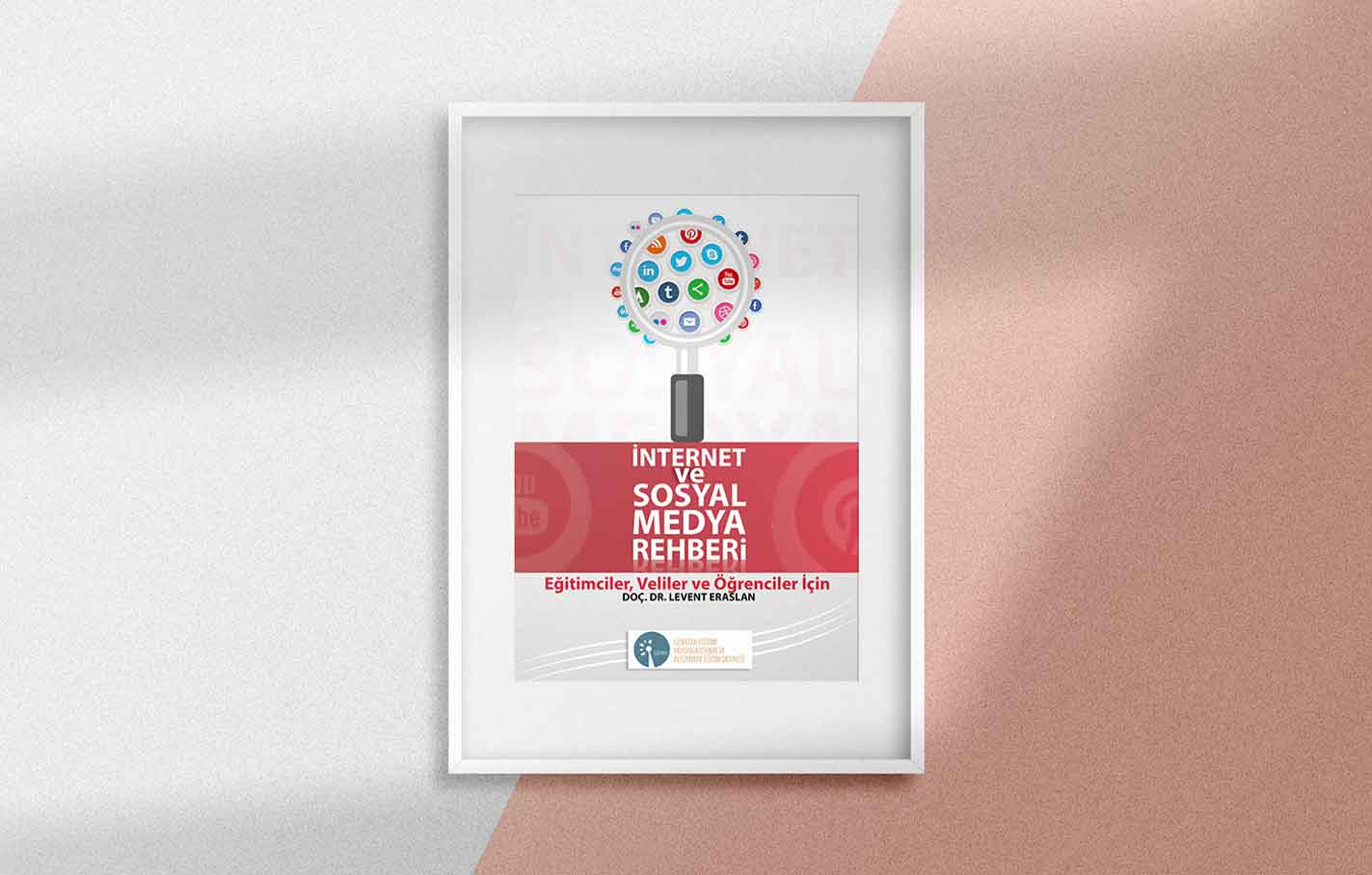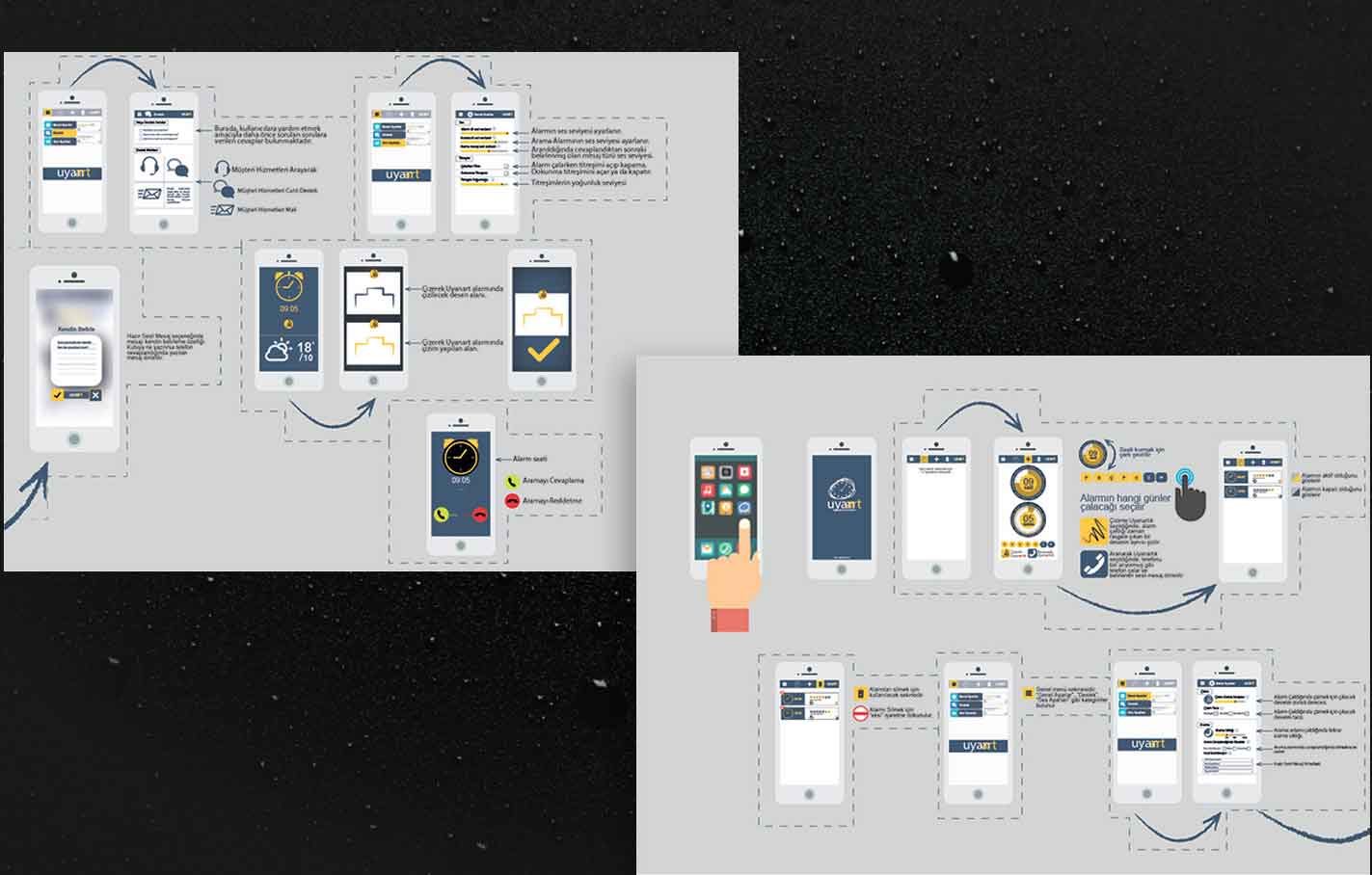Graphic Design
Graphic design is an art and communication form that aims to convey messages effectively through visual content. By combining aesthetics and functionality, graphic design ensures both visual appeal and clarity of the message. Using various tools, techniques, and principles, impactful content is created for brands, products, and projects.Types of Graphic Design
-
- Logo Design: Creating recognizable and memorable logos that reflect a brand’s identity.
- Corporate Identity Design: Designing logos, business cards, letterheads, envelopes, and other visual elements for companies.
- Advertising Design: Producing promotional materials such as posters, brochures, catalogs, billboards, and social media visuals.
- Web and Mobile Interface Design: Crafting user-friendly and visually appealing interfaces for websites and mobile applications.
- Packaging Design: Designing attractive product packaging to enhance shelf appeal.
- Social Media Design: Creating engaging and brand-focused visuals for social media platforms.
- Publication Design: Designing printed materials like magazines, newspapers, and books.
Software Used in Graphic Design
-
- Adobe Photoshop: Used for image editing, photo manipulation, and digital painting.
- Adobe Illustrator: Preferred for creating vector-based graphics, logos, and illustrations.
- Adobe InDesign: Ideal for publication design and multi-page document layouts.
- CorelDRAW: A powerful alternative for vector graphic design.
- Canva: An easy-to-use tool for quick and simple design projects.
- Figma and Sketch: Modern tools used for web and mobile interface design.
- Blender and Cinema 4D: Ideal for 3D graphics and animation design.
The Importance of Graphic Design
-
- Builds Brand Identity: A consistent visual language helps brands appear professional and trustworthy.
- Attracts Attention: Well-designed visuals catch the eye and facilitate message delivery.
- Strengthens the Message: Visuals work alongside text to communicate messages more effectively.
- Increases Sales: Aesthetically appealing designs can boost product or service sales.
